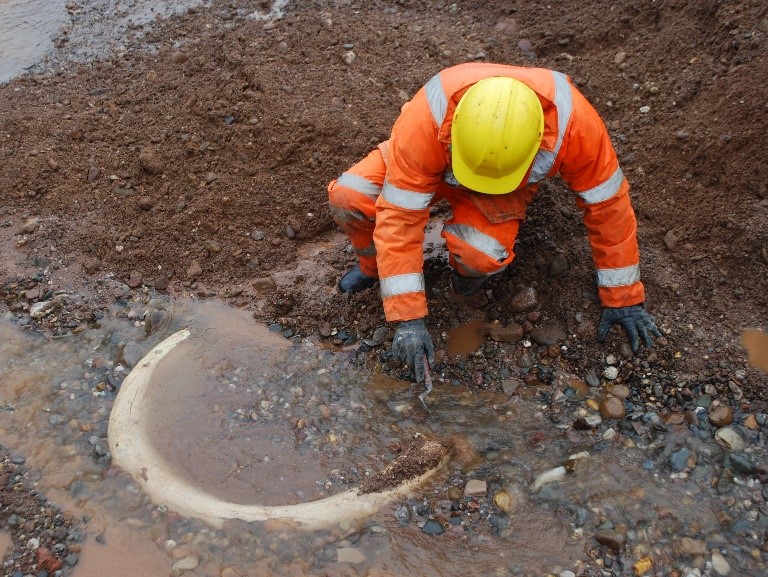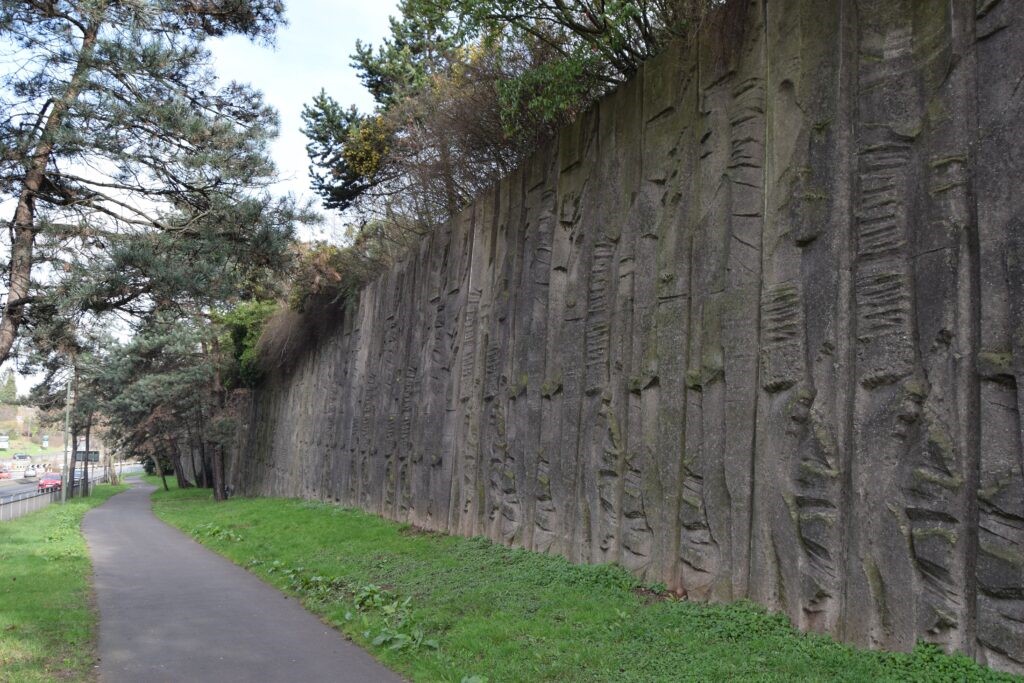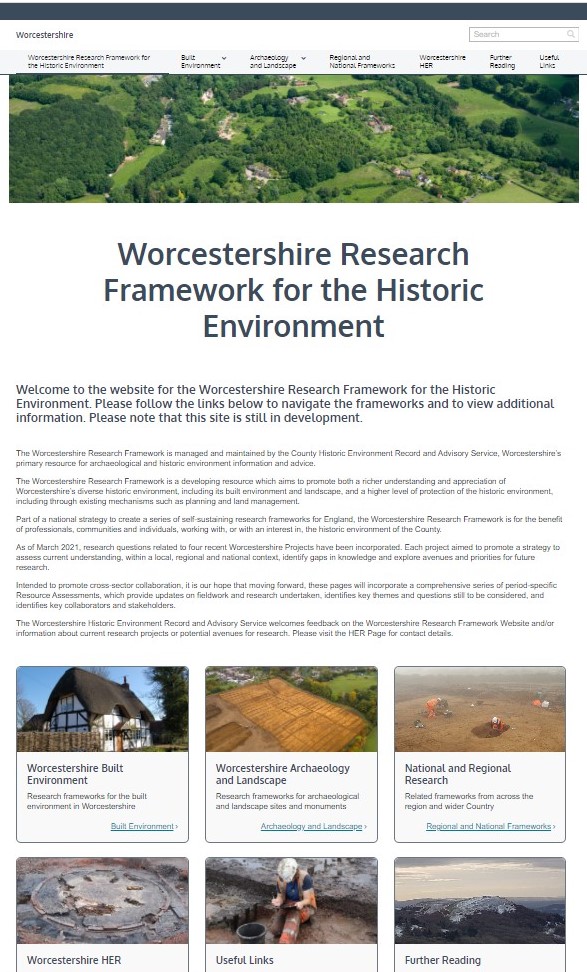Worcestershire Research Framework for the Historic Environment
- 23rd June 2021
Worcestershire Archive and Archaeology Service are pleased to announce a new website for the Worcestershire Research Framework for the Historic Environment.
What is a research framework?
Research Frameworks help identify gaps in our knowledge and suggest questions to fill those gaps. They help to co-ordinate and focus research and projects. Archaeological Research Frameworks can cover archaeology, the built environment, landscape and maritime heritage. They are normally organised by geographical area (i.e. Worcestershire), time period (i.e. the Mesolithic) or theme (i.e. Roman pottery). More information about Research Frameworks can be found on Historic England’s Research Framework webpage.
What is the Worcestershire Research Framework for the Historic Environment?
The Worcestershire Research Framework for the Historic Environment website has been created as part of a national strategy to create a series of self-sustaining Research Frameworks for England. Funded by Historic England, the website is intended to promote cross-sector and community collaboration. It is a developing resource that will expand to incorporate a series of period-specific Resource Assessments covering Worcestershire’s archaeology and landscape and the built environment. At present the website incorporates research questions related to Built Environment: Buildings and Landscapes, Built Environment: Worcestershire Farmsteads, Built Environment: Modern and Archaeology and Landscape: Palaeolithic.

The Clifton quarry mammoth tusk, during excavation.
Who will use the Worcestershire Research Framework for the Historic Environment?
It is our hope that the Worcestershire Research Framework for the Historic Environment will be of interest to Local Authorities, contractors, academics, voluntary groups and individual researchers.
Who will manage and update the Worcestershire Research Framework for the Historic Environment?
The Worcestershire Research Framework for the Historic Environment will be managed and updated by the County Historic Environment Record (HER). The Worcestershire HER is the primary index of all heritage assets and investigations for the County of Worcestershire. The HER covers all land within the local districts of Wyre Forest, Bromsgrove, Redditch Borough, Wychavon and Malvern Hills. The Worcestershire HER can be accessed in person at the Hive, Worcester, by email or via our online enquiry system.
Does the Worcestershire Historic Environment Record welcome feedback on the website?
Absolutely! The Worcestershire HER welcomes feedback on the Worcestershire Research Framework for the Historic Environment. We will be actively aiming to develop and improve the website over the next few years and would welcome any feedback about individual questions, potential avenues for research and your experiences of using the website. Please feel free to contact the Worcestershire HER in person at the Hive, Worcester, by email or via our online enquiry system.

This retaining wall with decorative sculptural relief by William Mitchell, in Kidderminster, was listed in 2020 for its architectural and historic interest.

Homepage of Worcestershire Research Framework for the Historic Environment
Things have certainly changed considerably since I last worked there I don’t recognize it at all. I have to say everything looks very impressive. Regards to Derek Hurst and to everyone who remembers me. Rita.